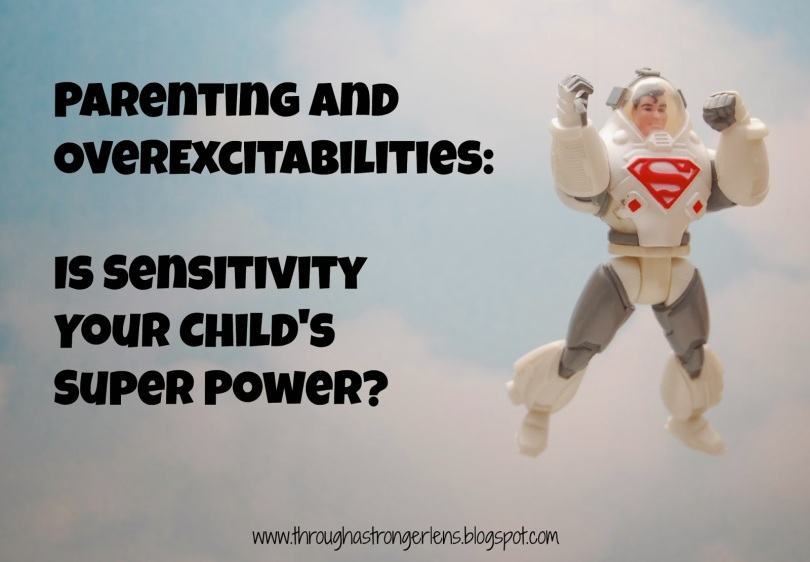In an alternate universe…
My girls would have turned three and five. They would have done as most children do, enrolled in preschool and kindergarten, respectively. Learned their colors, numbers, shapes. Learned to read. Loved the hustle and bustle of the classroom, the excited sounds and noise. Reveled in the chaos that an early childhood classroom should be.
I would’ve waited my few years of stay-at-home mom-ing. I would now have an amazing amount of free time, and started classes again, full-time even.
In this alternate universe, my girls are five and seven now. Kindergarten and second grade await. I have finished my Master’s degree. I am now a licensed therapist, working with children and teens, doing what I know is my calling and where I am supposed to be. I specialize in gifted families, helping teens navigate their way through the muddled waters of high intelligence and social intelligence and the high emotions that each of these bring.
My girls do well in school. They love their classmates and teachers. They learn every day and are excited to tell me about their pursuits.
Flip upside down to real life, to my universe. My girls are three and five. My five year old began reading chapter books one year ago and shows great aptitude for math and all things creative. She longs to play with the eight year old down the street and and enjoys the company of her five year old friends, but they don’t always understand the games she wants to play. She devours biographies on creative souls such as Leonardo Da Vinci and Georgia O’Keefe. She remembers everything, including my schedule, and keeps me on track better than a DayPlanner.
My three year old follows her sister, doing the same math and picking up coding games faster than I can. She talks about death and worries about when we will all pass, asks me to make sure her heart still beats as she goes to sleep. She cries when children are mean to each other, even if she doesn’t know them. She cries when we read Disney books and the characters go through tough times. We do not watch movies, only shows that have happy endings. Her empathy is deep and wide, overwhelming to say the least.
Now they are five and seven. The seven year old begs for multiplication and division to go to sleep with, and reads books I didn’t read until my teen years. She talks about how it feels to be the smartest person in the class – uncomfortable, awkward, boring, exciting. She dislikes the noise of the classroom – she cannot think with all of the chaos. She’s discovered characters like Hermione Granger, The Mysterious Benedict Society, and Alex from the Land of Stories, that she relates to. She wants to learn chemistry and how to write a book. I accidentally mention the recent events in France within her earshot and find her crying over the victims of the attack, and frightened about our own safety. We talk about how you can only fight hate with love, and what we can do to change the world in our small area. My breath is taken away while I feel overwhelmed with the thought of what this girl will need from me in the coming years, academically and emotionally.
The five year old continues in the same trajectory. She learns multiplication from her big sister while reading words I didn’t even know she could pronounce in books thicker than I would have thought to choose for her. She still worries about death, and where we will all be buried, and please can she and I be together after we die? I listen and comfort and wonder how I will support this soul as she grows older and more aware of the goodness and evil in our world. How can I protect her big heart?
They love nature and are affected by beauty with a force I can comprehend. We watch sunsets together with tears in our eyes while a voice from the backseat of the car mentions how isn’t it strange that all of this beauty comes from light reflecting off of dust particles?
And me? I am biding my time, very slowly working through classes until I can finish them without feeling like I am taking away from my family when they need me, conflicted by the thought of the other families that might need me too. So many things I would like to have on my plate, but there is just not room for everything I want right now.
I didn’t have the support that my girls have the potential to enjoy. I didn’t come to terms with my giftedness and who I am until my mid-thirties. Barbara Kerr and Robyn McKay state in Smart Girls in the 21st Century,
“Millennial girls trust their moms, share confidences with them, and often work side by side with their moms to nurture their families. For mothers of smart girls, this means a great responsibility to understand that they are, in the most profound sense, the role models for their daughters.”
I feel pressure to be here for my daughters, be the role model and sounding board, and empathetic support. It’s exhausting. It’s exhilarating.
I think I would sound crazy to anyone who didn’t understand this conflicted life with gifted children and gifted parents. Until you’ve walked in these shoes, it sounds like faux bragging of the ridiculous sort.
If you have walked in these shoes, however, you know exactly what I am talking about. On the most difficult days, when you really, really want to trade them in for some fancy heels, a cute new dress and a grown-up job where people appreciate you, you are just like me.
And then you put the shoes back on, grab some coffee and feel so fortunate that these are your children, highs. lows and in between.
I’d love to hear about your highs and lows in the comments below. What do you wish was different? What would you not change for the world?
This blog post is part of the GHF Blog Hop, The Highs and Lows of Gifted Parenting.


















You must be logged in to post a comment.